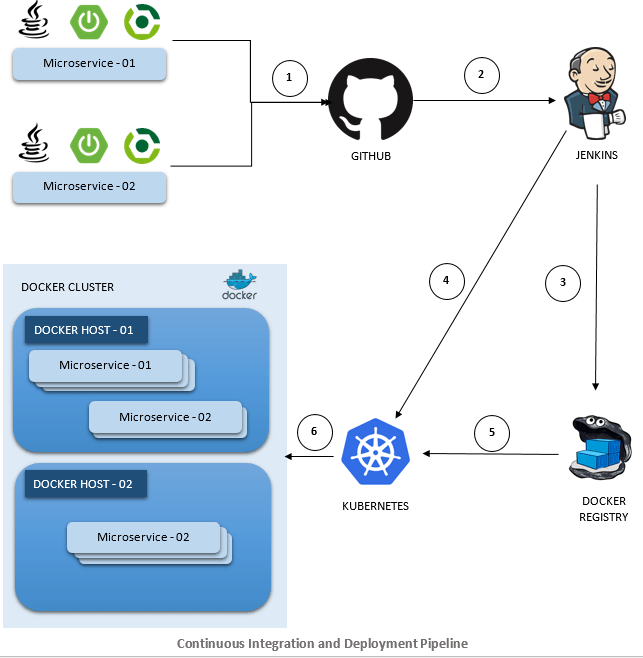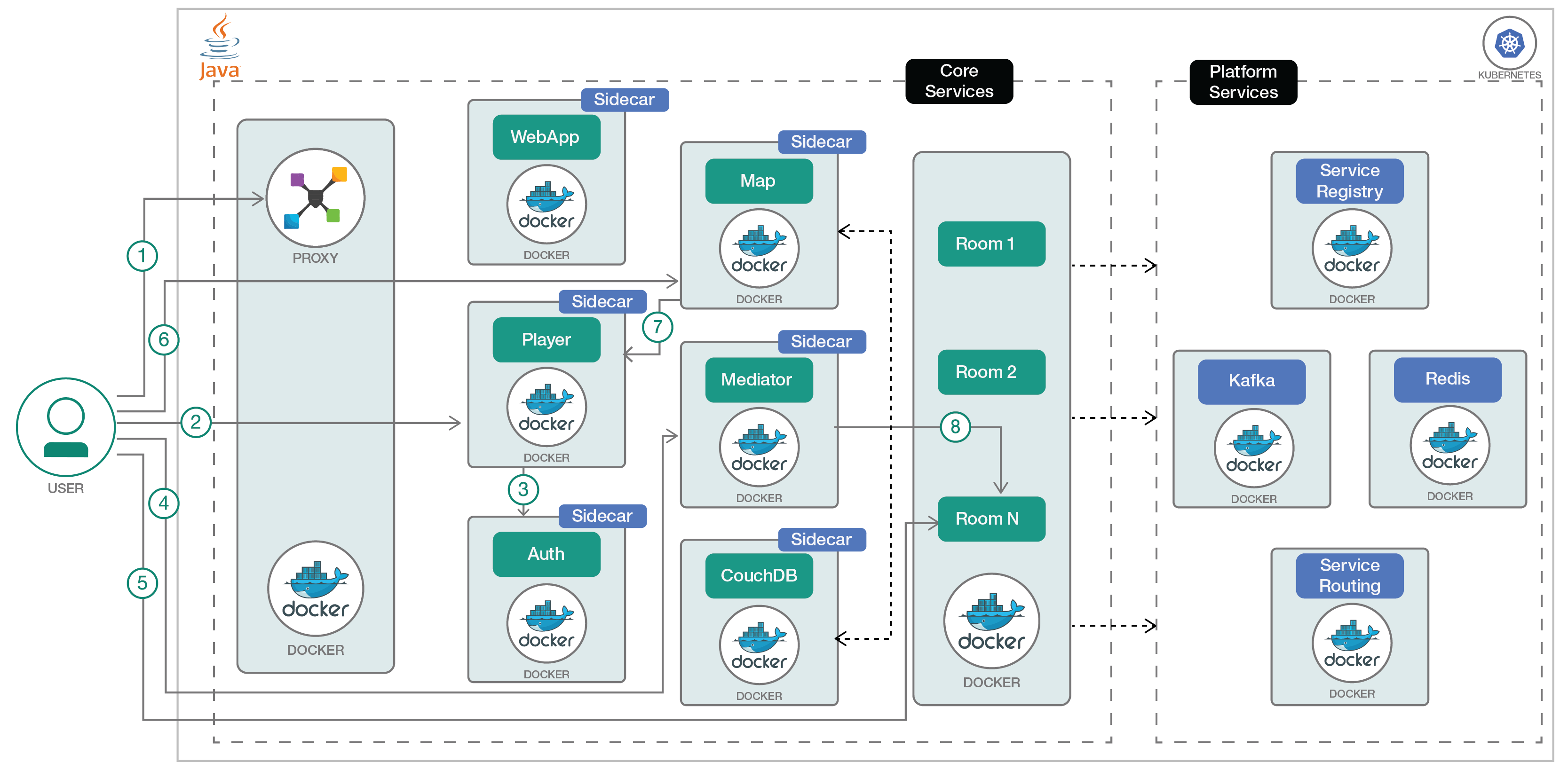

All containers in a pod share an IP address, IPC, hostname, and other resources. Pod: A group of one or more containers deployed to a single node.

Nodes: These machines perform the requested tasks assigned by the control plane. This is where all task assignments originate. Let's break down some of the more common terms to help you better understand Kubernetes.Ĭontrol plane: The collection of processes that control Kubernetes nodes. In this on-demand course, you’ll learn about containerizing applications and services, testing them using Docker, and deploying them on a Kubernetes cluster using Red Hat® OpenShift®.Īs is the case with most technologies, language specific to Kubernetes can act as a barrier to entry.

Get an introduction to Linux containers and container orchestration technology.
Services, through a rich catalog of popular app patterns. Automation, with the addition of Ansible playbooks for installation and cluster life cycle management. Security, through projects like LDAP, SELinux, RBAC, and OAUTH with multitenancy layers. Telemetry, through projects such as Kibana, Hawkular, and Elastic. Networking, through projects like OpenvSwitch and intelligent edge routing. Registry, through projects like Docker Registry. These necessary pieces include (among others): With the addition of other open source projects, you can fully realize the power of Kubernetes. However, Kubernetes relies on other projects to fully provide these orchestrated services. Health-check and self-heal your apps with autoplacement, autorestart, autoreplication, and autoscaling. Declaratively manage services, which guarantees the deployed applications are always running the way you intended them to run. Scale containerized applications and their resources on the fly. Mount and add storage to run stateful apps. Control and automate application deployments and updates. Make better use of hardware to maximize resources needed to run your enterprise apps. Orchestrate containers across multiple hosts. Patterns are the tools a Kubernetes developer needs to build container-based applications and services. And because Kubernetes is all about automation of operational tasks, you can do many of the same things other application platforms or management systems let you do-but for your containers.ĭevelopers can also create cloud-native apps with Kubernetes as a runtime platform by using Kubernetes patterns. More broadly, it helps you fully implement and rely on a container-based infrastructure in production environments. The primary advantage of using Kubernetes in your environment, especially if you are optimizing app dev for the cloud, is that it gives you the platform to schedule and run containers on clusters of physical or virtual machines (VMs).







 0 kommentar(er)
0 kommentar(er)
